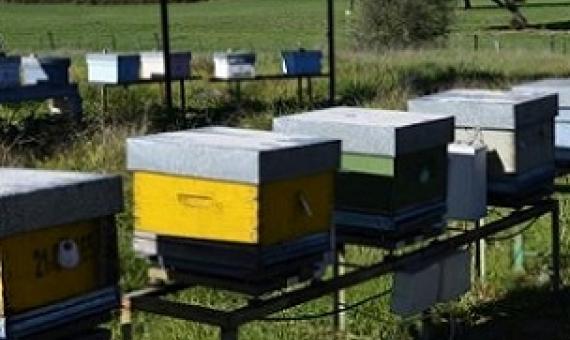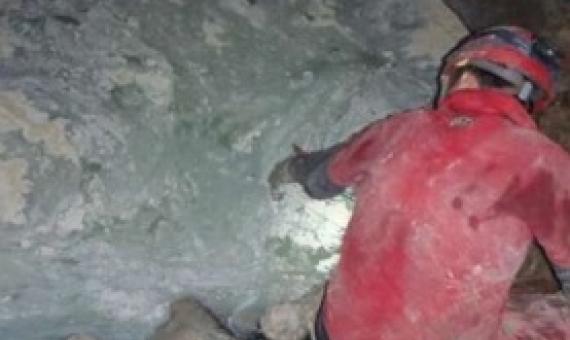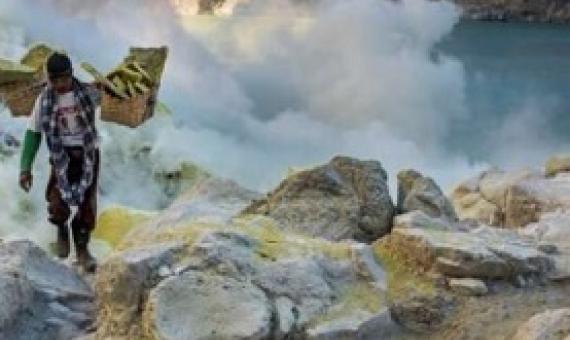Honeybee colonies are bioindicators of environmental contamination in the area, since they get coated in everything that there is in the environment, including pollutants, and they end up taking it all back to their bee hives. Bees sample a significant range of spaces, because they have a wi
The Monte Conca cave system on the island of Sicily is a vast system of springs and pools, sitting below a nature preserve. It might be presumed to be one of the few places untouched by human-driven pollution.
A new study from the University of Helsinki presents the current state of knowledge on the exposure and vulnerability of indigenous peoples to environmental pollution, reviewing the innumerable impacts that pollution poses on Indigenous communities from all over the world.









